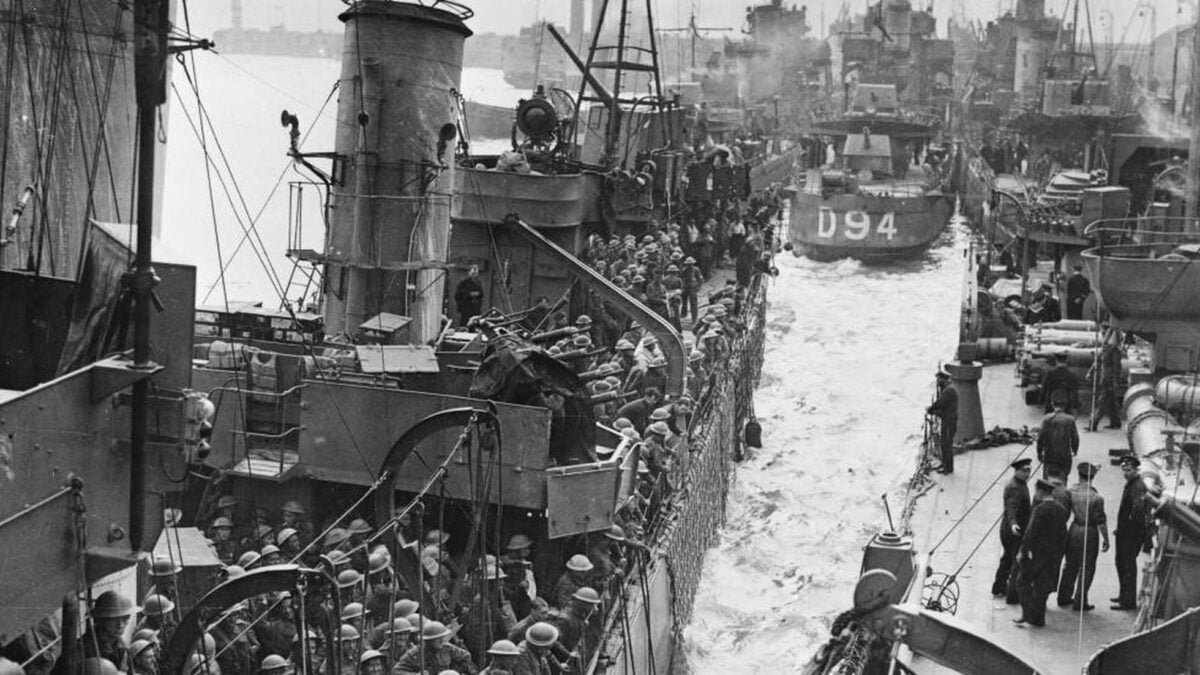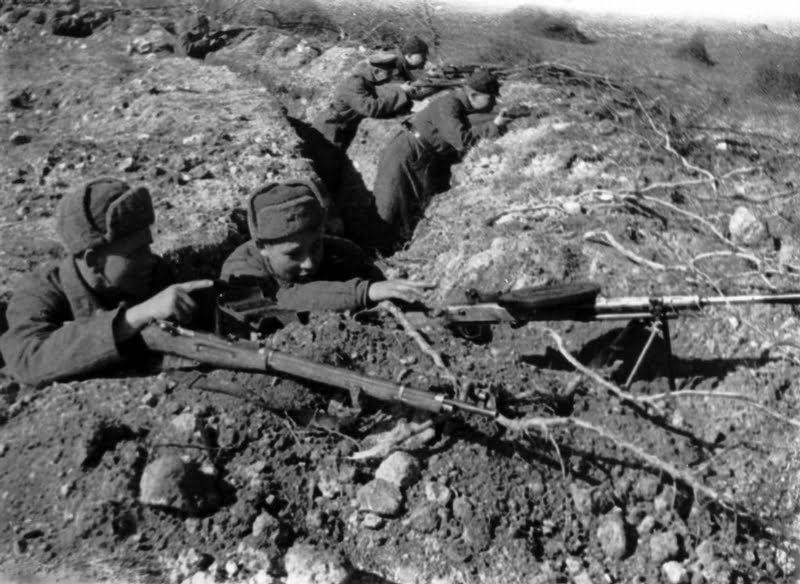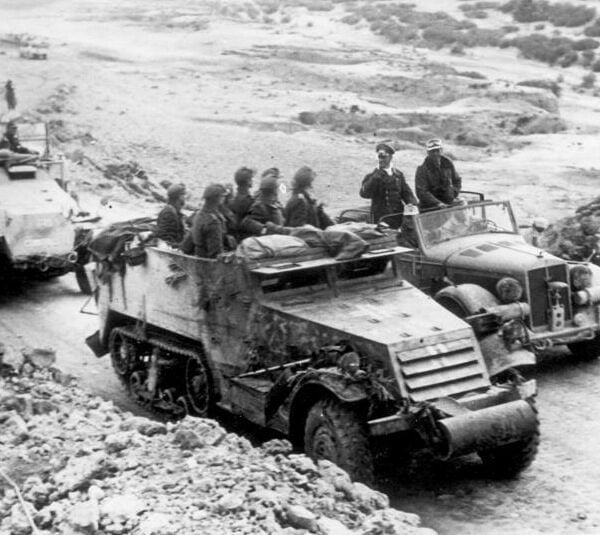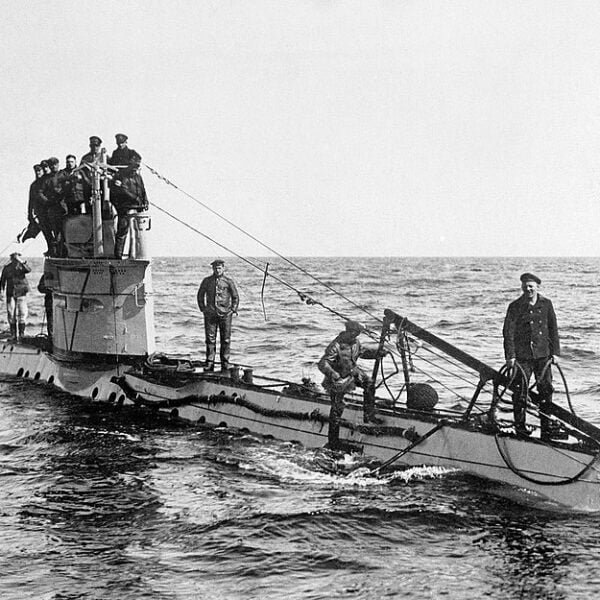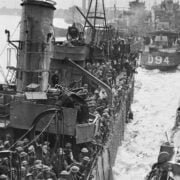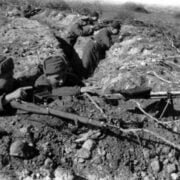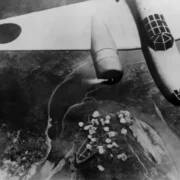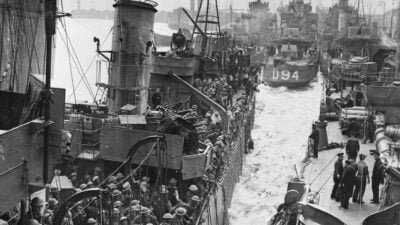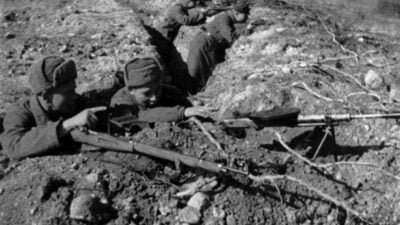The Battle of Leyte Gulf, fought in October 1944, was one of the most significant episodes of World War II, recognized as the largest naval battle in history.
Also check out: The Battle of Kasserine Pass
War in the Pacific Theater before the Battle of Leyte Gulf
To fully understand the battle, it is essential to contextualize it in the broader scenario of the war in the Pacific Theater during World War II. The Pacific Theater witnessed a series of crucial battles between the Allied forces and the Japanese Empire, with Leyte Gulf standing out as one of the most emblematic.
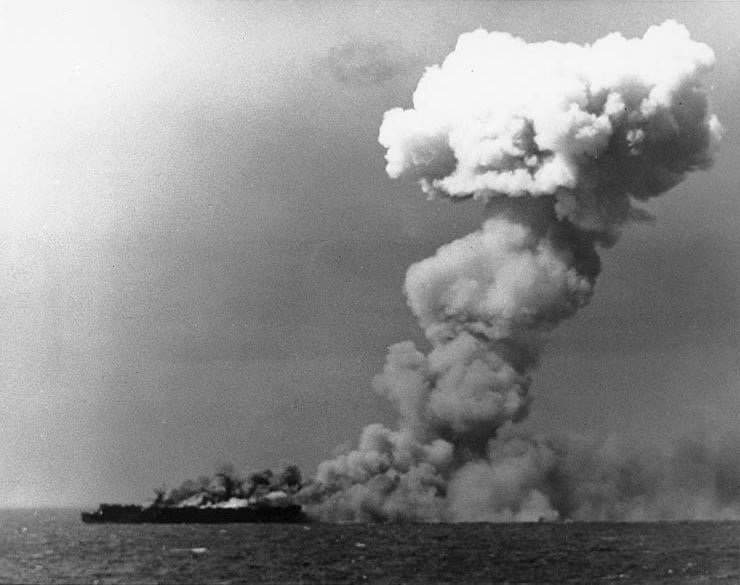

Japanese Imperial Expansion
Japan, led by Prime Minister Hideki Tojo’s government, had embarked on an aggressive imperial expansion campaign in the decades leading up to World War II. The Japanese Empire annexed Manchuria in 1931 and invaded China in 1937, extending its dominion over vast territories in East Asia. This expansion raised concerns among Western nations, especially the United States.
Japan also built a powerful naval fleet, seeking to establish maritime supremacy in the region. This created growing tensions between Japan and the United States, which had economic and strategic interests in the Pacific region.
Attack on Pearl Harbor
On December 7, 1941, Japan launched a surprise attack on the United States naval base at Pearl Harbor, Hawaii. This attack prompted the United States’ entry into World War II and marked the beginning of military operations in the Pacific Theater.
The attack on Pearl Harbor shocked the United States and galvanized the nation into an unwavering determination to defeat Japan. The Supreme Commander of the Allied forces in the Pacific Theater, General Douglas MacArthur, and the Commander of the Pacific Fleet, Admiral Chester Nimitz, played crucial roles in conducting the war in the Pacific.
Allied Strategy: “Island-Hopping”
The overall strategy of the Allies in the Pacific Theater was known as “Island-Hopping.” This involved capturing strategically important islands to advance through the Pacific and approach Japan. The idea was to corner Japanese forces, isolate them, and cut their supply lines.
Leyte Gulf, one of the islands in the Philippines, was identified as a key target in this strategy, as its capture would allow the establishment of advanced bases and support for future invasion operations on Japanese territory.
The Three Parts of the Battle of Leyte Gulf
The Battle of Leyte Gulf is often divided into three distinct parts, each with its own characteristics and unique challenges. These parts highlight the complexity and scale of the battle, making it one of the most impressive in naval history.
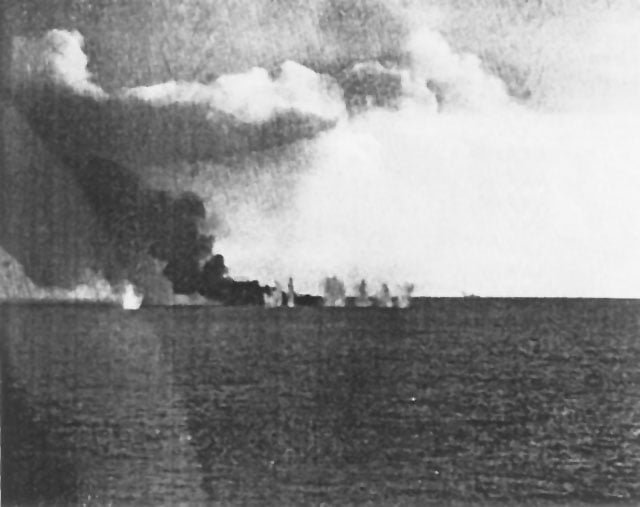

Battle of the Sibuyan Sea (October 24)
In the Battle of the Sibuyan Sea, American forces confronted the approaching Japanese fleet. The Japanese fleet included the super-battleship “Musashi,” among other powerful warships. The Japanese objective was to destroy the Allied naval forces supporting the Leyte invasion.
The confrontation began with American air strikes, which managed to hit and severely damage the “Musashi.” However, the Japanese fleet managed to escape and continue towards the San Bernardino Strait, where they would face the Allies the following day.
This first part of the battle illustrates the direct confrontation between enemy fleets, with air strikes playing a significant role. The courage and skill of American carrier pilots were evident, despite the formidable defensive capability of the Japanese fleet.
Battle of Samar (October 25)
The Battle of Samar is widely considered the most legendary part of the Battle of Leyte Gulf. In this phase, a small American task force of convoy escorts, including escort carriers, destroyers, and frigates, faced the Japanese battle fleet. The escorts’ mission was to protect the Leyte landing troops at any cost.
Facing a much more powerful Japanese fleet, including battleships, heavy cruisers, and dozens of warships, the American forces defended themselves tenaciously. American carrier pilots launched desperate air strikes against the Japanese ships, while destroyers fired torpedoes.
The courage and sacrifice of the convoy escort forces at Samar stand out as a notable example of tenacity in the face of overwhelming odds. They delayed the Japanese advance, allowing the bulk of the American fleet to prepare for the final confrontation.
Battle of Surigao Strait (October 25)
In the Battle of Surigao Strait, the third part of the Battle of Leyte Gulf, American forces set up an elaborate trap for the Japanese battle fleet. American battleships, cruisers, and destroyers waited in the strait to confront the Japanese.
As the Japanese fleet approached, it was caught in a deadly crossfire. The nighttime engagement resulted in heavy losses for the Japanese, including the destruction of several warships.
The Battle of Surigao Strait illustrates the effectiveness of Allied tactics and the use of ambush strategies to combat a superior enemy fleet.
The Definitive Victory in the Battle of Leyte Gulf
It was one of the most decisive battles of World War II, with profound repercussions in the Pacific Theater and the course of the war overall. The outcome and consequences of this battle were significant and shaped the trajectory of military operations in the region.
Definitive Allied Victory
The confrontation resulted in a decisive victory for the Allied forces. The Japanese battle fleet suffered significant losses, including the loss of the super-battleship “Musashi” and other frontline warships. The bold resistance and effective tactics of the American forces were crucial to this victory.
This Allied victory further consolidated naval supremacy in the Pacific Theater and ensured control of the waters, a critical factor for the ongoing success of operations in the Pacific. The Japanese defeat at Leyte Gulf considerably weakened their ability to conduct offensive operations and protect their supply lines.
Retaking the Philippines
The victory at Leyte Gulf also allowed for the successful retaking of the Philippines, one of the Allies’ key strategic objectives. The landing operation in Leyte was a success, fulfilling General Douglas MacArthur’s promise of “I shall return.” The reconquest of the Philippines not only represented a significant milestone but also reinforced the determination of the Allied forces to achieve their goals.
The capture of the Philippines provided crucial advanced bases for subsequent operations in the Pacific Theater, including providing air and logistical support for the final offensive towards Japan.
Impact on the Course of the War
The Battle of Leyte Gulf had broader implications for the course of the war. The Japanese defeat in this battle marked a turning point in the Pacific Theater campaign. The losses inflicted on the Japanese fleet affected its ability to fight effectively and influenced subsequent operations.
Furthermore, it played a significant role in disrupting Japanese strategy and disillusioning Japanese leadership with their prospects of victory in the war.
The Battle of Leyte Gulf in History and Memory
The conflict not only had an immediate impact on the conduct of the war in the Pacific Theater but also left a lasting legacy that transcended its historical context. Here are some ways in which the battle has been remembered, and its legacy has extended over the decades:
Turning Point in the War
The Battle of Leyte Gulf is often seen as a turning point in the war in the Pacific Theater. The Allied victory not only consolidated naval supremacy but also significantly weakened Japan’s ability to conduct offensive operations. This influenced the course of subsequent operations and contributed to the decline in Japanese prospects for victory.
Following it, Japanese forces assumed a more defensive role, while the Allies advanced from island to island towards Japan. The battle also disrupted the Japanese strategy of using their battle fleet as a decisive force and led to the prioritization of smaller-scale air and surface operations.
Example of Courage and Determination in the Battle of Leyte Gulf
The battle is often cited as an example of courage and determination by Allied forces in the face of extraordinary challenges. The three parts of the battle, particularly the Battle of Samar, highlighted the heroism of American convoy escort forces. The sacrifice of these crews, facing a superior Japanese fleet, is remembered as one of the most notable episodes in naval history.
The example of courage demonstrated served as inspiration for future generations of military personnel and citizens. The tenacity and determination to fulfill the mission, even in desperate situations, are lasting lessons that resonate in military and broader contexts.
Influence on Naval Doctrines
The confrontation had a lasting impact on naval doctrines. The emphasis on coordination between air and naval forces, as well as ambush tactics, was a crucial lesson. The battle showed that the integration of different branches of the armed forces was essential for success.
Furthermore, the battle highlighted the importance of air and naval power, influencing the evolution of post-war military strategies. The Pacific War served as a testing ground for new naval tactics and technologies, shaping how the world’s navies would approach future conflicts.
Legacy of the Battle of Leyte Gulf in Collective Memory
The battle is remembered as one of the most significant events of World War II. It is often studied in military academies and universities, and documentaries and books continue to highlight its crucial role in military history.
Monuments and memorials have been erected to honor the victims and heroes of the battle, preserving its memory for future generations. These sites are pilgrimage destinations for veterans and their families, as well as for those who wish to pay tribute to those who fought and sacrificed so much in Leyte Gulf.
In summary, the Battle of Leyte Gulf left a significant legacy that goes beyond the events of World War II. Its importance as a turning point in the war, an example of courage and determination, influence on naval doctrines, and presence in collective memory highlight its enduring relevance in military history and public consciousness.

